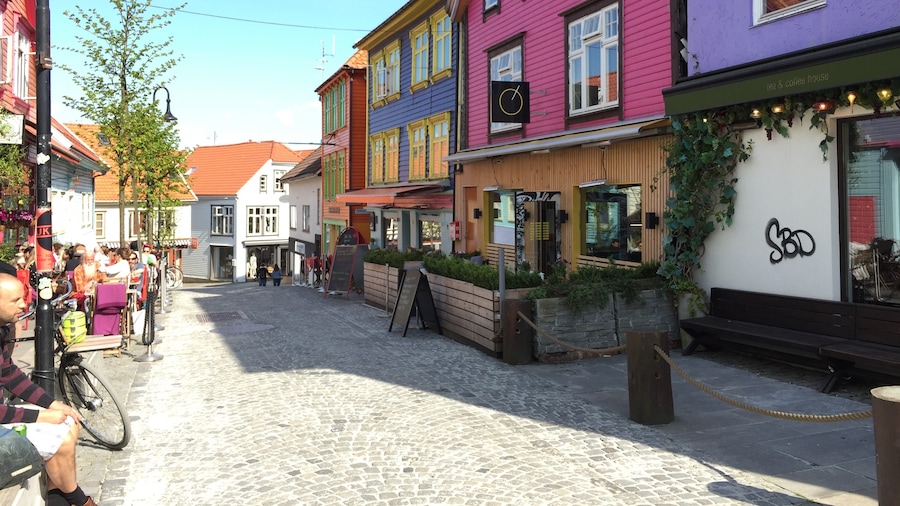At the Museum of Archeology learn about the rich cultural and natural history of Norway’s Rogaland region. Examine artifacts relating to the region’s first settlers, who arrived 11,500 years ago. Part of the University of Stavanger, the museum brings history to life and is educational and fun for all ages.
The museum’s permanent exhibition has five areas: Nature as a resource, People, Shelter and Warmth, Saving Lives, and Religion. Through these exhibits you will see how humans selected wildlife and vegetation as a food source and learn about ancient trading techniques. Look at the types of tools used to build houses and why some locations were better for settling than others. Examine jewellery items used as protection against evil and disease, black magic and cults.
Throughout the year the museum hosts a series of themed exhibitions. Previous themes have included the history of Runes, the oldest written language in Scandinavia. Understandably, Viking themes are huge draws and exhibitions often feature the weaponry, burial practices and belief systems of this incredible seafaring culture.
Take the opportunity to attend one of the museum’s weekly lectures about natural history and cultural heritage. Lectures are free and take place on Tuesdays. The museum also arranges children’s birthday parties. Party guides teach children about topics from the Stone Age to the Viking era then give them the opportunity to dress up in period clothing and play on replica ships. Kids visiting the museum can also enjoy a treasure hunt. Find more event details on the museum’s official website.
The Museum of Archeology is a 10-minute walk from Stavanger city centre. Free parking, with a time limit, is available on the streets surrounding the museum. Alternatively, public buses stop close to the museum’s main entrance.
The museum is open daily, from June through August. From September through May it is open from Tuesday to Saturday. The museum ticket also grants entrance to the Iron Age Farm, a reconstruction of a farmstead from the period A.D. 350-550.

















